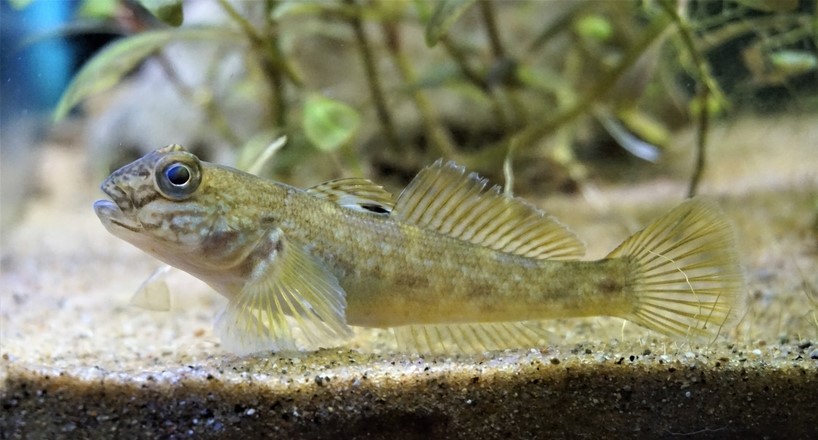- Joined
- Jul 20, 2015
- Messages
- 6,511
- Reaction score
- 9,656
On the topic of Invasive Species.
Meet the invasive 'vampire fish' that lives in the Great Lakes

The sea lamprey.
There are four native lamprey species in the Great Lakes - the American brook lamprey, the chestnut lamprey, the silver lamprey, and the northern brook lamprey.
The sea lamprey is invasive, and it can cause problems in local ecosystems. That has a lot to do with its size. Sea lampreys are big compared to naive species - up to four times bigger.
But that isn't the only problem.
Last summer, Marc Gaden, communications director for the Great Lakes Fishery Commission, told The Weather Network that sea lampreys possess a "trifecta of perfect invasion capabilities" in the Great Lakes - almost unlimited food availability, practically unlimited spawning grounds, and no natural predators.

VAMIPRE FISH
Sea lampreys can inflict gruesome damage on their prey, earning these eel-like parasites the nickname "vampire fish."
Gaden said only about one in seven fish attacked by a sea lamprey will survive. They will suction themselves to a fish, creating a seal that's nearly impossible to break off.
They have about 100 teeth, which they use to suction to the side of a fish, and a sharp tongue that drills through its scales.
They secret an enzyme that prevents blood from clotting. Once attached, the sea lamprey will spend the next several months feeding off the blood and fluids of the host animal.
"Once it's done it will move on to another fish," Gaden said.
"If a fish does happen to shake a lamprey off, it's often left with a wound that will become infected and ultimately take the life of that fish."

Just in case you're wondering, sea lampreys can accidentally latch on to humans, usually when people are swimming. A bite won't be fatal, but it can be painful, and untreated wounds could lead to infection. Sea lampreys don't pose a threat to people though - they aren't interested in us and human bites appear to be rare.
In their native environment, the Atlantic Ocean, sea lampreys don't often kill their host. In the Great Lakes, where sea lampreys have not co-evolved alongside native species, they are a significant threat.
SHIPPING CANALS TRANSPORT MORE THAN JUST SHIPS
Sea lampreys entered the Great Lakes from the Atlantic Ocean through man-made shipping canals, popping up in Lake Ontario in the 1830s. When the Welland Canal deepened in 1919, sea lampreys gained access to all the Great Lakes -- and they remain there to this day, although their numbers are falling.
In the 1950s, the U.S. and Canada teamed up to implement population control measures), and they have worked.
Several strategies - including traps to capture adult lampreys, lampricides to target sea lamprey larvae, and installing barriers are a few tactics in use.
So far, it's working. Today, sea lamprey populations are down by about 95 per cent in the Great Lakes.
And that's a good thing because if left to multiply, sea lampreys could cause significant damage to the region;'s $7 billion fishing industry.
"It is a good news story. We have conquered this problem. But it's an ongoing control effort,"
I was living Upstate when the zebra mollusks did the most damage to Lake Ontario. The Erie Canal was practically dead.



